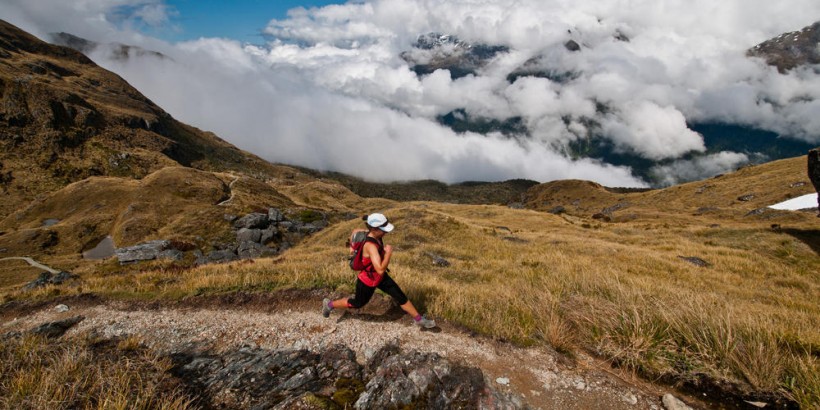
What’s tricky about these sorts of studies is figuring out why people did or didn’t get faster. Are the cyclists getting the same adaptations from heat and hypoxia, or from two different sets of adaptations that improve performance through difference mechanisms? Is there something special about heat and hypoxia, or were those training sessions simply more stressful and thus produced greater improvements?
These aren’t easy questions to answer, but blood tests and other physiological measurements of the subjects offered some insights.
At a cellular level, one of ways the body responds to stress is called the “heat shock response,” characterized by an increase in levels of heat shock proteins that defend cells from stress-induced damage. Despite the name, these proteins are produced in response to lots of different stresses, not just heat. If you repeatedly trigger the heat shock response (as in heat adaptation training), your body eventually gets the message and increases its resting levels of heat shock proteins.
Since hypoxic stress also triggers a rise in heat shock proteins, that’s one of the mechanisms that could provide “cross acclimation” between heat and altitude. Here are the levels of heat shock protein 72 (HSP72) before (white) and after (grey) the first training sessions in each of the three groups:

As expected, hypoxia and altitude triggered a nice rise in HSP72, while control didnt’t, even though they’re all did the same exercise.
After 10 days, the body has adapted. Here’s the same before-and-after data on the tenth and final day of acclimation:

Now the heat shock proteins are ready to go before the exercise even starts, indicating that both heat and hypoxia are inducing (in this particular case) the same cellular adaptation.
The full picture of how the body responds to heat and hypoxia obviously extends far beyond the changes in one protein, but this—combined with the time trial results—offers some food for thought. If you’re racing at altitude and don’t have the luxury of a multi-week altitude training camp to prepare, perhaps some heat training would be a useful alternative.
I also wonder whether the crossover adaptation benefits might extend to things like altitude sickness. Would heat training offer a way to prepare for, say, trekking in the Himalayas? It’s fun to speculate, but we’ll have to wait and see what future studies tell us.
***
Discuss this post on the Sweat Science Facebook page or on Twitter, get the latest posts via e-mail digest, and check out the Sweat Science book!
Photograph by Ryan Smith via Flickr and licensed under Creative Commons Attribution (CC BY) 2.0 License



